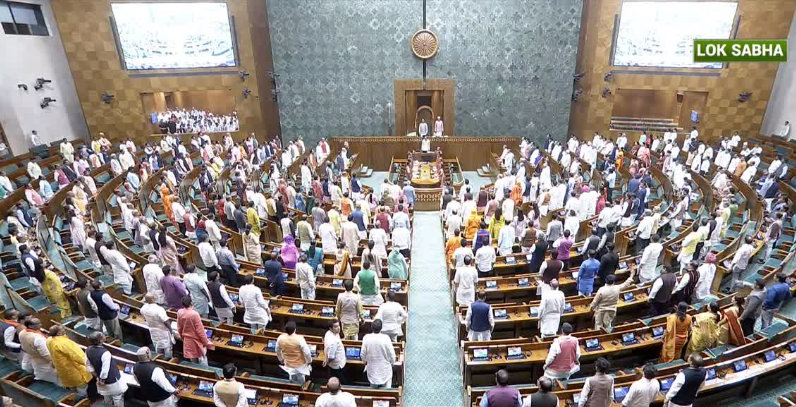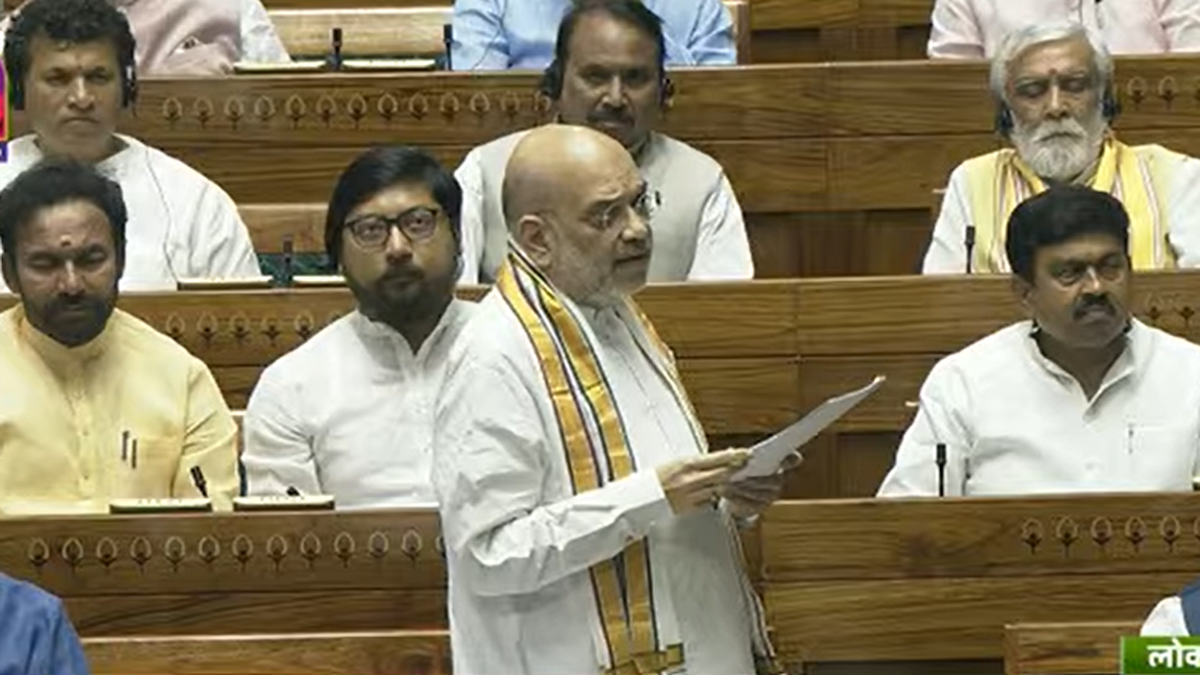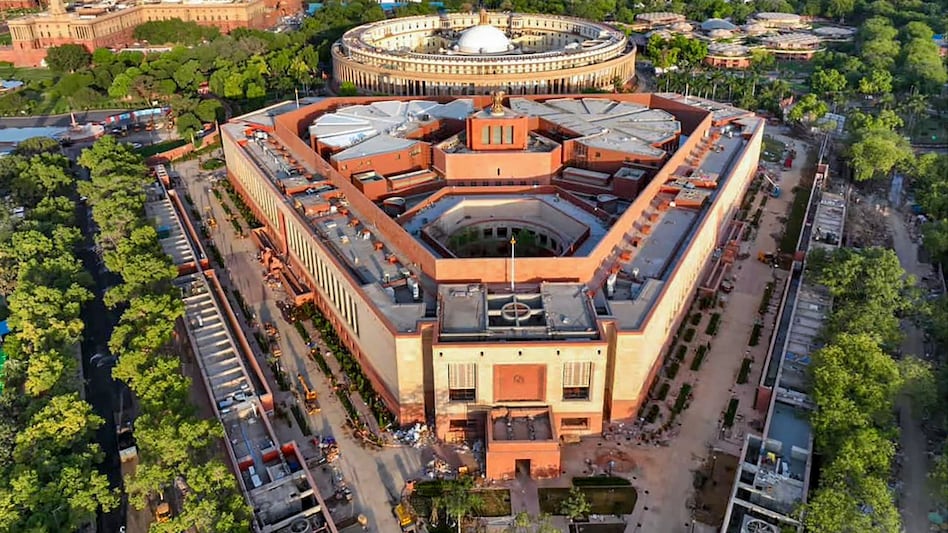Lok Sabha on Wednesday passed the Women’s Reservation Bill, officially known as Nari Shakti Vandan Adhiniyam, with a 454-2 majority. The historic moment was welcomed by the masses, given it seeks to mandate the representation of women in decision-making processes.
Lok Sabha passes Women's Reservation Bill granting 33% seats to women in Lok Sabha and state legislative assemblies
— ANI (@ANI) September 20, 2023
454 MPs vote in favour of the bill, 2 MPs vote against it pic.twitter.com/NTJz449MRX
Here are key facts about the bill:
1. Reserve 33% of seats for women
Also referred to as The Constitution (One Hundred and Twenty-Eighth Amendment) Bill, 2023, it attempts to amend the Constitution and provide one-third reservation of seats in the Lok Sabha and legislative assemblies to women for 15 years. The allocation of the seats will be determined by the authority prescribed by the Parliament.

2. Reservation for SC and ST women, but it’s not as simple as it looks
Additionally, within the reserved seats for women, the bill mandates a quota for women from Scheduled Castes and Scheduled Tribes. Now, the first criticism that comes into play here is that there is no mention of reservation of women from OBCs.
Moreover, a detailed report on ‘Understanding Caste Dynamics of Women’s Reservation Bill‘ by Himanshi Dahiya on The Quint details the caste arithmetic at play here. Currently, there are 545 seats in the Lok Sabha, two of them are reserved for Anglo-Indians. From the remaining 543 seats, 84 are reserved for Scheduled Castes and 47 for Scheduled Tribes.
If the bill comes into being, there will be 181 reserved seats for women in Lok Sabha, from which 28 (1/3rd of 84) will be further reserved for SC women, 16 (1/3rd of 47) for ST women, and the remaining 137 will belong to all women irrespective of their caste.
For perspective, you can watch this video shared by The Quint on their official YouTube handle:
3. The bill proposes the reservation of women for 15 years
This means the reservation will cease to exist 15 years after the bill becomes an Act. For your context, a bill becomes an Act when it’s passed by both houses of the Parliament and is approved by the President.
4. The bill was first introduced in the Parliament 27 years ago
The bill was first introduced by HD Deve Gowda-led United Front Government in 1996 as the 81st Constitution Amendment Bill in Lok Sabha. Since then, it was introduced in Parliament multiple times by the BJP-led NDA Government and the Congress-led UPA Government but lapsed consistently.

5. Even with the majority consensus, it may be a long time till the bill actually comes to fruition
There’s a provision in the bill that states its enactment depends upon a new census and delimitation exercise. Union Minister Amit Shah reportedly claimed it would come into force only after 2029.
The last census took place in 2011. Ideally, it should happen after every 10 years. However, the 2021 census was postponed until after the 2024 general elections by the Government, citing the COVID-19 outbreak, while several state assembly elections carried on as scheduled, and countries like the USA, the UK, and China managed to complete the exercise despite the pandemic.

On the other hand, the delimitation is based on census. It means redrawing or fixing the boundaries of the various assembly and Lok Sabha constituencies on the basis of latest population data. The delimitation exercise has been long due since 1976 when it was stayed by then-PM Indira Gandhi till 2000. It was further postponed by Atal Bihari Vajpayee-led Government till 2026.

6. What, next?
Since the bill has passed with an overwhelming majority in Lok Sabha, it will be taken up in Rajya Sabha today.

After a long tumultuous journey, the bill is likely to be passed by the Rajya Sabha as well today.

















